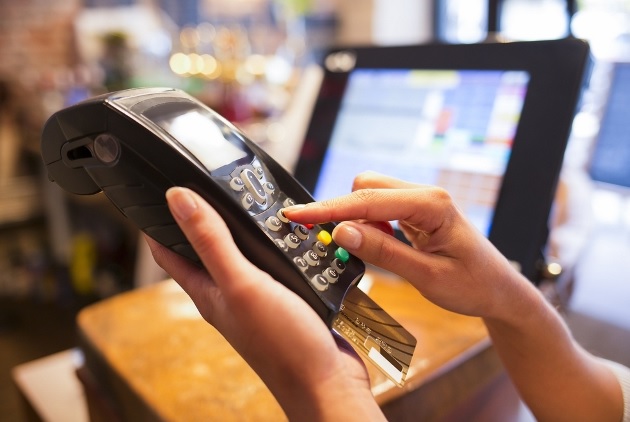The Eco-friendly Credit Card

Source:Shutterstock
From bananas and sausages to flights and fuel, we all like to keep a tally of what we spend. But whether we monitor the price in dollars, rupees or yuan, it’s unlikely we are also measuring that cost in tons of carbon produced.
Views
The Eco-friendly Credit Card
By Charlotte Edmondweb only

Everything we put in our shopping basket comes at an environmental cost. And while many of us are aware that we need to reduce our carbon footprint, advice on doing so can seem nebulous and keeping a tab is difficult.
Tapping into that problem, Swedish fintech company Doconomy has launched a new credit card that monitors the carbon footprint of its customers - and cuts off their spending when they hit their carbon max.
The DO card tracks the CO2 emissions linked to purchases to calculate the carbon impact of every transaction. The aim is to encourage people to actively reduce their carbon footprint and demonstrate the impact that small changes can have on the environment.
The card uses the Aland Index as the basis on which it calculates the carbon footprint of each product purchased.
Users can set a maximum value for their carbon spend and learn how to compensate for their carbon footprint by contributing towards schemes to reduce or remove greenhouse gas emissions.
A savings product also offered by the company offers an interest rate that includes investment in climate-friendly projects.
The card itself is made from bio-sourced materials, and printed with air ink - ink manufactured from recycled carbon in air pollution.

Doing Good, One Scoop at a Time
The concept of offsetting carbon at the point of transaction is one that is slowly being picked up by companies. A number of airlines including Qantas and Lufthansa offer passengers the chance to pay extra to cover their carbon emissions, with limited uptake.
Last year, ice cream manufacturer Ben & Jerry’s rolled out a system in some shops to allow customers to offset the carbon cost of their cone.
Customers could see the amount of carbon generated from their purchases and make voluntary contributions towards carbon-cutting projects elsewhere.
The company used a carbon calculator to work out how much emissions were produced by the ingredients, manufacturing, transport and retail of each tub. The answer was 2lbs (0.9 kg) of carbon - about the equivalent of a car driving 2 miles (3.2 km).
Edited by Tomas Lin
Original content can be found at the website of World Economic Forum: This credit card has a carbon-emission spending limit
This article is reproduced under the permission of World Economic Forum (WEF) and terms of Creative Commons Attribution-NonCommercial-NoDerivs 4.0 Unported License (“CCPL”). It presents the opinion or perspective of the original author / organization, which does not represent the standpoint of CommonWealth magazine.







